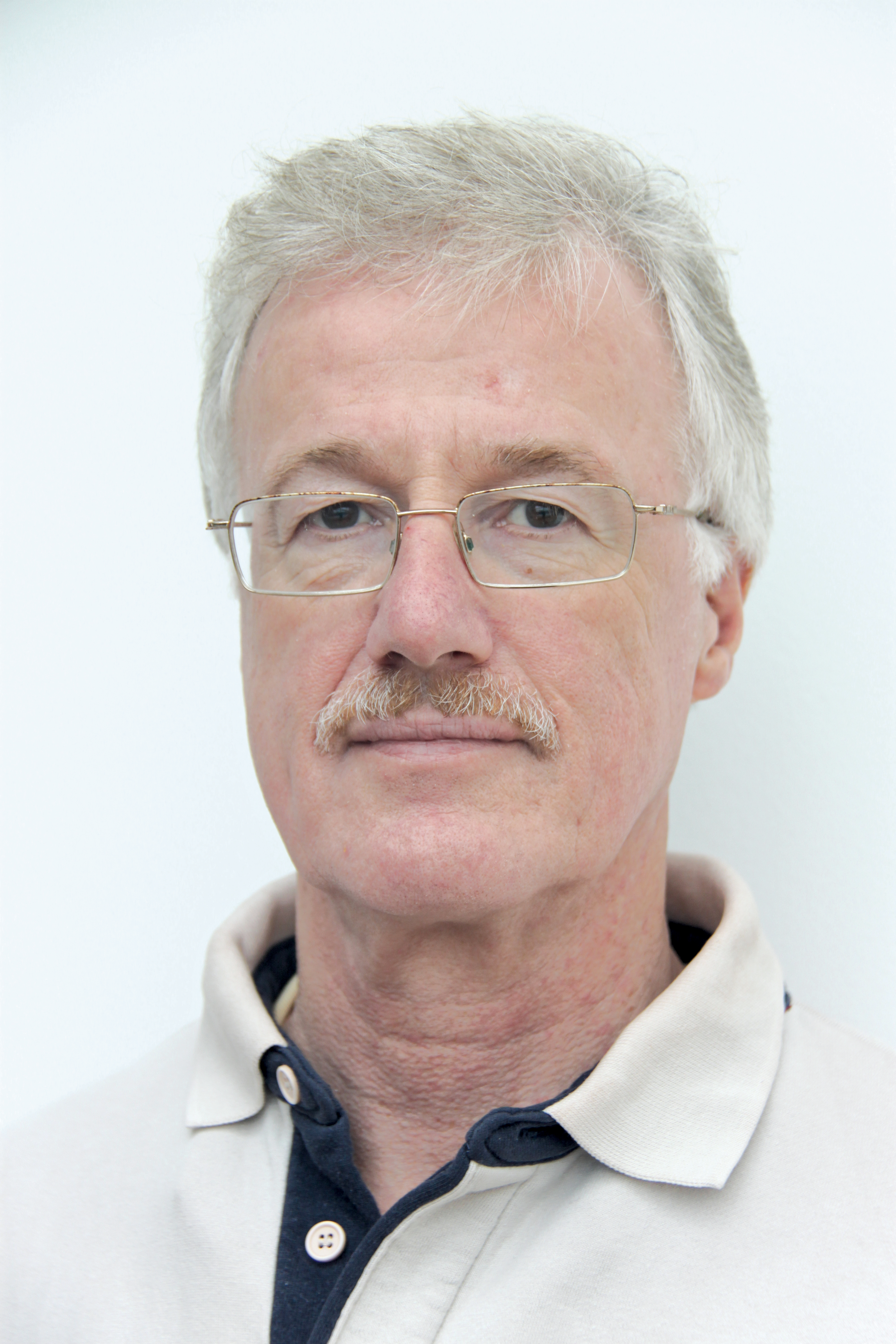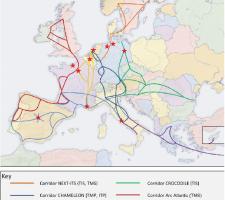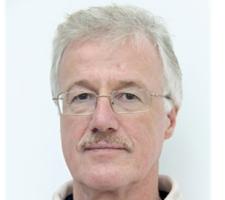
“EasyWay 3 will address creeping bureaucracy and the need to maintain international visibility within ITS projects” - Jan Willem Tierolf
The EasyWay project has evolved to take account of political developments at the European level. By Jason Barnes
The European Union’s (EU’s)Very quickly this ran into difficulties, not least because of the EU policy of 100% subsidiarity so budgets for transport infrastructure were decided by Member State (national government) and not at the EU level. This meant that, beyond a few directly funded research projects, Brussels had little power to dictate deployments. In addition, Member States do not usually prioritise international deployments, unless they involve neighbouring regions. This led to the setting up of the first of the Euro-Regional ITS deployment projects in 1995-96. The co-funded (EU/national government) Euro-Regional TEN-T framework projects set out to promote and advance the deployment of ITS systems at the international level. Eventually eight Euro-Regional projects were dealing with such issues such as the realisation of common standards and harmonised deployment.
Broadly, the Euro-Regionals might be considered as the preparation phase with national and first cross-border deployments with EasyWay as the deployment phase for wider European ITS. At its launch in January 2007, EasyWay had as members 150 road authorities, both public- and private-sector, from 23 countries. Alongside Member States, Norway and Switzerland were also involved, although not in the co-funding of deployments. This translated into some 1,200 national ITS projects, the majority of which had some degree of international content.
Aligning objectives
The EU’s 2010 ITS Directive, which grew out of its 2008 ITS Action Plan, introduced a number of tensions, says the project’s Jan Willem Tierolf.There were several discrepancies between the EasyWay aims, formulated in 2006, and the EC priorities from the Directive, which emerged four years later. In essence, the European Commission’s [EC’s] aim of 100 per cent interoperability of transport networks was not fully reflected in EasyWay. Moreover, by comparison with other modes such as rail, inland shipping and aviation where one system could be singled out for interoperability (ERTMS, RIS, and SESAR respectively), it could be suggested that road transport had performed quite poorly. Arguably, the road environment is more complex than the other modes (for example, the users are not all professionals, there are more interfaces and generally far bigger numbers). This was reflected in the large number of projects within EasyWay but it led the Commission, in 2012, to suspend the TEN-T grant programme’s provision of funding for ITS roll-outs on roads.
The original EasyWay project was scheduled to run from 2007 to 2013 with work contracts released in stages. The EasyWay community still needed a work plan for deployments out to 2020 in line with the EU’s ‘Europe 2020’ and ‘Roadmap to a Single European Transport Area’ policy papers.
Lobbying of TEN-T Finance Committee members took place in the middle of last year. The cessation of funding risked ITS in Europe taking severe retrograde steps as coordination of deployment and standards work would have been curtailed. However, in a move which satisfied the Commission’s desire for international deployment projects, the EasyWay community responded to the 2012 TEN-T call for proposals with a series of seven corridor projects. Each of these involve at least three Member States as well as other partners.
In addition, there is Cities+ that involves several major cities which are deploying ITS to promote co-modality and improve urban/inter-urban integration. Finally, there will be a horizontal project with 50% co-funding that identifies five main areas of activity: Governance/Management; Harmonisation; Consensus-Building (essentially harmonisation at the political level); Evaluation (of pan-European implementations); and Monitoring/Dissemination.
Figure 1 shows the eight corridor and city projects proposed under the latest call.
Significant changes
The proposal of such discrete projects represents a distinct move away from how EasyWay has operated in the past – in order to reflect changes at Commission level – and in some cases projects have been adjusted to accommodate a greater element of international working. There has also been a big effort to reduce bureaucracy – a popular move among the EasyWay community as, according to Tierolf, many project meetings had degenerated to the point where they were little more than the drawn-out reporting of statistics. Some 15 countries are participating directly in the third phase of EasyWay but others are expected to come back into the project later, he says.Work to harmonise ITS across the EU continues but with the arrival of the Treaty of Lisbon, which came into force at the end of 2009, the Commission has acquired a new legal task. Specifically, a new instrument allows delegated acts (such as the adoption of legislation specifying functional, organisational and quality requirements for ITS projects) to be decided unilaterally by Brussels.
There are four priority areas: optimal use of road, traffic and travel data; continuity of ITS services for traffic and freight management; ITS services for safety and security; and integration of vehicles and infrastructure (for which a first meeting is expected very soon). Within these areas there are six priority actions which are designated A to F. For instance D is eCall, which has already been accepted while C (safety-related traffic information) and E (truck parking information) have recently been forwarded to the Council of Ministers for approval.
In a tricky political environment where national policy departments see targets setting as their prerogative, EasyWay members (including roads authorities) have proposed a drive to bring real-life best practice into this process.
“In some cases, the minimum requirements proposed were more than the current maximum in the most advanced countries. What we’ve said is that you can’t define standards just based on office studies or research projects – that if you want to set quality requirements you need to look instead at best practice from the real world. That view was accepted by the Commission,” says Tierolf.
EasyWay has been forced to evolve to accommodate changes at the political level. That process has included some fierce internal discussions which have taken some roads authorities out of their comfort zones to agree to project add-ons. To gain adequate visibility at the European level that has often involved moving into the fields of other stakeholders.
Looking forward
The general ITS situation across the EU has improved significantly with some €1bn of ITS systems and services having been deployed as a consequence of EasyWay phases one and two.“Although the overall levels of ITS across Europe have been raised, in areas such as North-West Europe the efforts have often concentrated more on second- and third-phase deployments upgrading existing systems and making improvements to quality of service,” Tierolf continues. “From that, and by comparison with the situation at the beginning of 2007 when EasyWay commenced, it has been possible to ascertain that the project is on schedule to achieve its goals. Achievements to date are on track to meet the higher level 2020 policy goals, which are: a 25% reduction in road casualties and congestion and a 10% reduction in pollution.
“EasyWay 3, the newest phase, will address some of the issues associated with the earlier phases, namely creeping bureaucracy and the need, telegraphed from the Commission, to maintain international visibility within ITS projects.”
The outcome of independent assessment of the responses to the latest TEN-T is expected in the middle of this year. Tierolf says he is confident that the projects EasyWay has proposed will receive funding.
“My instinct is that they’re good proposals,” he explains. “Next we need to finalise negotiations on how to take the projects forward.”
Time is of the essence in the last regard as the current TEN-T budget finished at the end of 2013 to be replaced by the 2014-2020 budget so all contracts for work under the current budget must be signed by December, although the actual work can continue into 2015.
“This new formula encompasses some significant change but I see it as an intermediate phase,” Tierolf concludes. “We now have to see if it works satisfactorily.”













